Dubai RTA Upgrades Marine Stations for World-Class Travel 2025

Dubai’s Roads and Transport Authority (RTA) is revolutionizing marine transport with the launch of the second phase of its ambitious initiative to upgrade waiting areas at key marine transport stations. This transformative project underscores Dubai’s commitment to delivering world-class public services, blending modern innovation with the emirate’s rich maritime heritage. By enhancing connectivity, accessibility, and sustainability, the RTA is setting a new benchmark for urban mobility in the UAE.
A Vision for Modern Marine Transport
The RTA’s latest initiative targets five strategically vital marine transport stations: Al Fahidi, Baniyas, Al Seef, Sheikh Zayed Road, and Bluewaters. These stations, pivotal to Dubai’s bustling marine transport network, are undergoing a comprehensive overhaul to elevate the passenger experience. The upgrades aim to provide modern, air-conditioned waiting areas, ensuring comfort in Dubai’s warm climate, while integrating inclusive facilities for People of Determination. This project is a cornerstone of the RTA’s long-term strategy to enhance public transport infrastructure, making marine travel more seamless, efficient, and enjoyable.
Khalaf Belghuzooz Al Zarooni, Director of Marine Transport at RTA’s Public Transport Agency, emphasized the project’s significance: “This initiative reflects our dedication to delivering world-class services that cater to both residents and visitors. By modernizing our marine transport stations, we’re not only improving connectivity but also celebrating Dubai’s cultural and maritime legacy.”
Design Inspired by Dubai’s Maritime Heritage
The upgraded stations are designed to reflect Dubai’s unique blend of tradition and innovation. Drawing inspiration from the city’s iconic wooden abras traditional boats that have long plied Dubai’s waterways the new waiting areas combine contemporary aesthetics with cultural elements. The architectural designs pay homage to the emirate’s maritime roots, creating a visually striking environment that resonates with Dubai’s identity. From sleek, modern lines to motifs reminiscent of the abras’ wooden craftsmanship, the stations offer a cultural experience that enhances the journey for every passenger.
Each station is equipped with state-of-the-art facilities, including air-conditioned waiting areas to ensure comfort during the hot summer months. The designs adhere to international standards, prioritizing functionality and aesthetics while maintaining a strong connection to Dubai’s heritage. This thoughtful integration of tradition and modernity positions the stations as more than just transit hubs they’re a celebration of Dubai’s past and its forward-looking vision.
Enhancing Connectivity Across Dubai
One of the project’s core objectives is to strengthen connectivity between Dubai’s marine transport network and other modes of public transport, such as the Dubai Metro, tram, and bus networks. The upgraded stations are strategically located near major landmarks and residential areas, making it easier for passengers to access key destinations like Dubai Creek, Bluewaters Island, and Sheikh Zayed Road. This seamless integration ensures that commuters can transition effortlessly between marine, rail, and road transport, reducing travel times and enhancing convenience.
For instance, the Al Seef station connects passengers to the vibrant waterfront destination known for its blend of heritage and modernity, while the Bluewaters station provides access to the iconic Ain Dubai and luxury dining options. Similarly, Al Fahidi and Baniyas stations serve as gateways to Dubai’s historic districts, offering easy access to cultural attractions like the Al Fahidi Historical Neighbourhood and bustling souks. The Sheikh Zayed Road station, meanwhile, caters to commuters traveling along one of Dubai’s busiest arteries, linking them to the city’s commercial hubs.
This interconnected approach supports Dubai’s broader sustainability goals by encouraging the use of public transport over private vehicles. By making marine transport more accessible and appealing, the RTA is contributing to reduced traffic congestion and a lower carbon footprint, aligning with the UAE’s Vision 2021 and Dubai Urban Plan 2040.
Prioritizing Safety and Accessibility
Safety and inclusivity are at the heart of the upgraded stations. Each facility is equipped with advanced surveillance systems and state-of-the-art fire alarms to ensure passenger security. These measures provide peace of mind for commuters, whether they’re daily travelers or tourists exploring Dubai’s waterways.
The stations also comply fully with the Dubai Universal Design Code, ensuring accessibility for People of Determination. Thoughtfully designed features such as ramps, accessible pathways, and dedicated spaces for wheelchair users make the stations inclusive for all. These enhancements reflect the RTA’s commitment to creating a public transport system that caters to diverse needs, fostering a sense of belonging for every resident and visitor.
Strategic Selection of Stations
The choice of the five stations—Al Fahidi, Baniyas, Al Seef, Sheikh Zayed Road, and Bluewaters was driven by increasing demand and their strategic importance to Dubai’s transport network. These locations serve high-traffic areas, catering to both locals and tourists. For example, Al Fahidi and Baniyas are situated along Dubai Creek, a historic waterway that remains a vital artery for commerce and tourism. Al Seef connects to a popular lifestyle destination, while Bluewaters caters to visitors exploring Dubai’s modern attractions. Sheikh Zayed Road, a key business corridor, ensures that professionals and residents have efficient access to marine transport.
By focusing on these high-demand locations, the RTA is addressing the evolving needs of Dubai’s growing population and tourism sector. The upgrades are part of a broader effort to modernize the city’s marine transport infrastructure, ensuring it remains a cornerstone of Dubai’s mobility ecosystem.
A Step Toward a Smarter, Greener Dubai
The marine station upgrades align with Dubai’s ambition to become a global leader in smart mobility and sustainable urban development. By enhancing the passenger experience, the RTA is encouraging more people to choose public transport, which in turn reduces road congestion and supports environmental sustainability. The project also complements other RTA initiatives, such as the expansion of the Dubai Metro and the introduction of electric buses, as part of a holistic approach to greener urban mobility.
The upgraded stations are designed to handle increasing passenger volumes, reflecting Dubai’s growth as a global tourism and business hub. With tourism in Dubai booming evidenced by the 19.3 million visitors in 2024, according to Dubai Tourism these improvements ensure that the city’s transport infrastructure can keep pace with demand. The stations also enhance the visitor experience, making it easier for tourists to explore Dubai’s iconic waterways and cultural landmarks.
Community Impact and Customer Happiness
At its core, the RTA’s initiative is about enhancing customer happiness a key pillar of Dubai’s governance model. By providing comfortable, safe, and accessible waiting areas, the RTA is improving the quality of life for residents and creating memorable experiences for visitors. The project reflects Dubai’s ethos of putting people first, ensuring that every journey is not just a commute but a moment of connection with the city’s vibrant spirit.
The upgrades also have a broader economic impact. By improving connectivity to key commercial and tourism hubs, the stations support local businesses and contribute to Dubai’s reputation as a global destination. For instance, easier access to Al Seef and Bluewaters encourages visitors to explore nearby restaurants, shops, and attractions, boosting the local economy.
Looking Ahead: The Future of Marine Transport in Dubai
The second phase of the RTA’s marine station upgrades is just one part of a larger vision to transform Dubai’s public transport network. Future phases may include additional stations, advanced technologies, and further integration with smart city initiatives. The RTA is also exploring innovations such as autonomous marine vessels and real-time passenger tracking to enhance efficiency and convenience.
As Dubai continues to grow, projects like this underscore the city’s commitment to staying at the forefront of urban innovation. The upgraded marine stations are a testament to Dubai’s ability to balance its rich heritage with cutting-edge infrastructure, creating a city that’s as welcoming as it is forward-thinking.

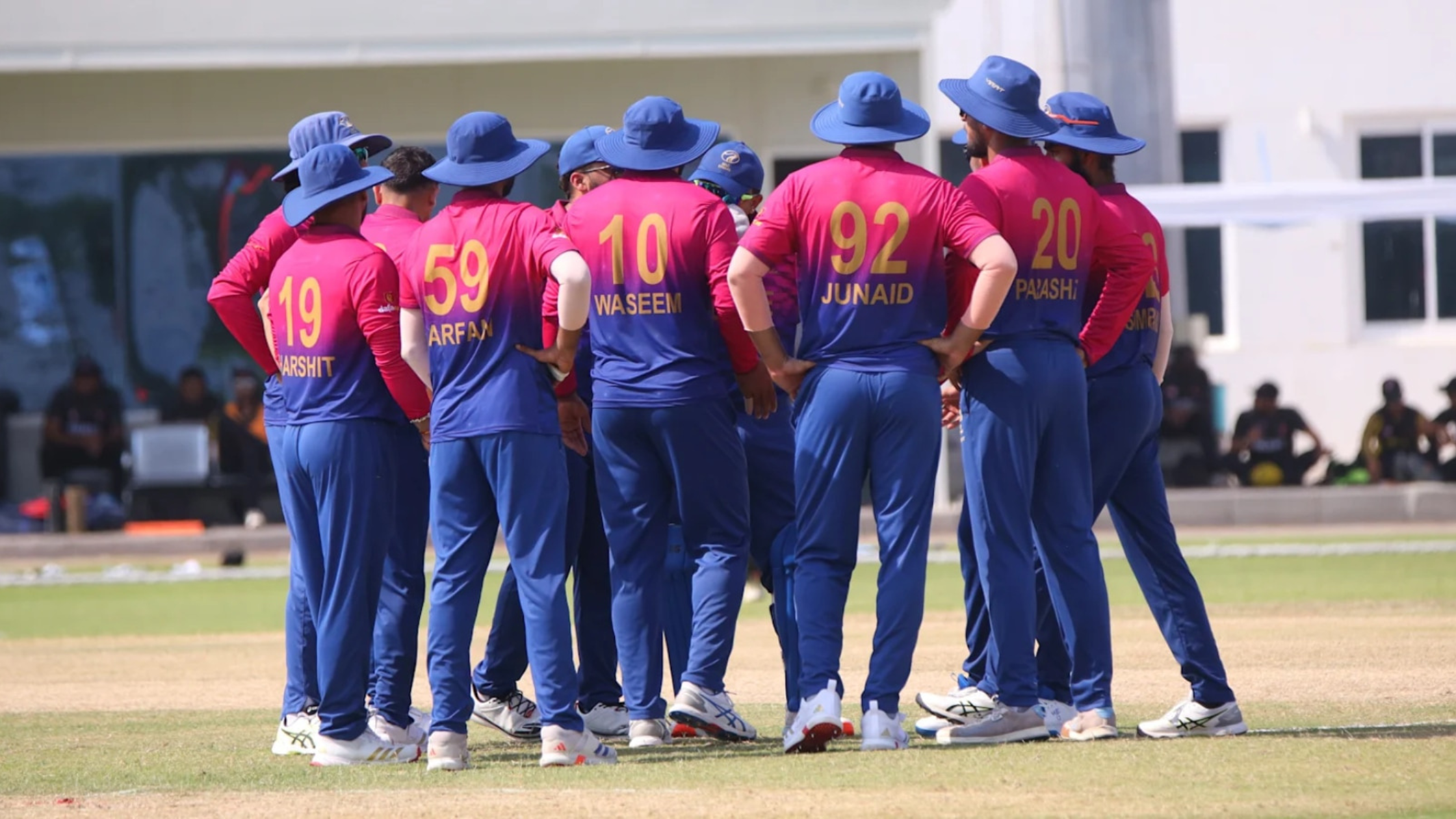
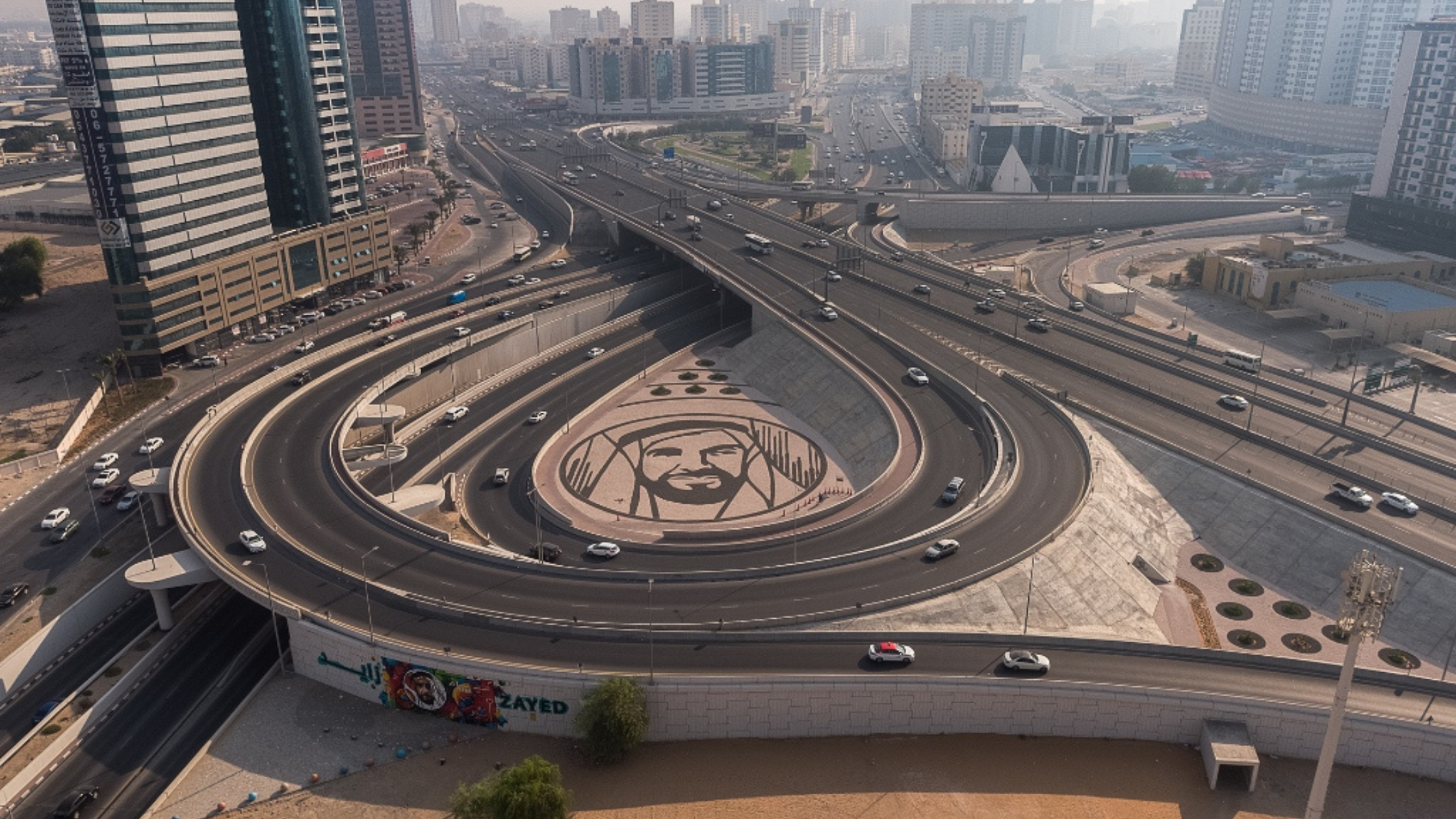
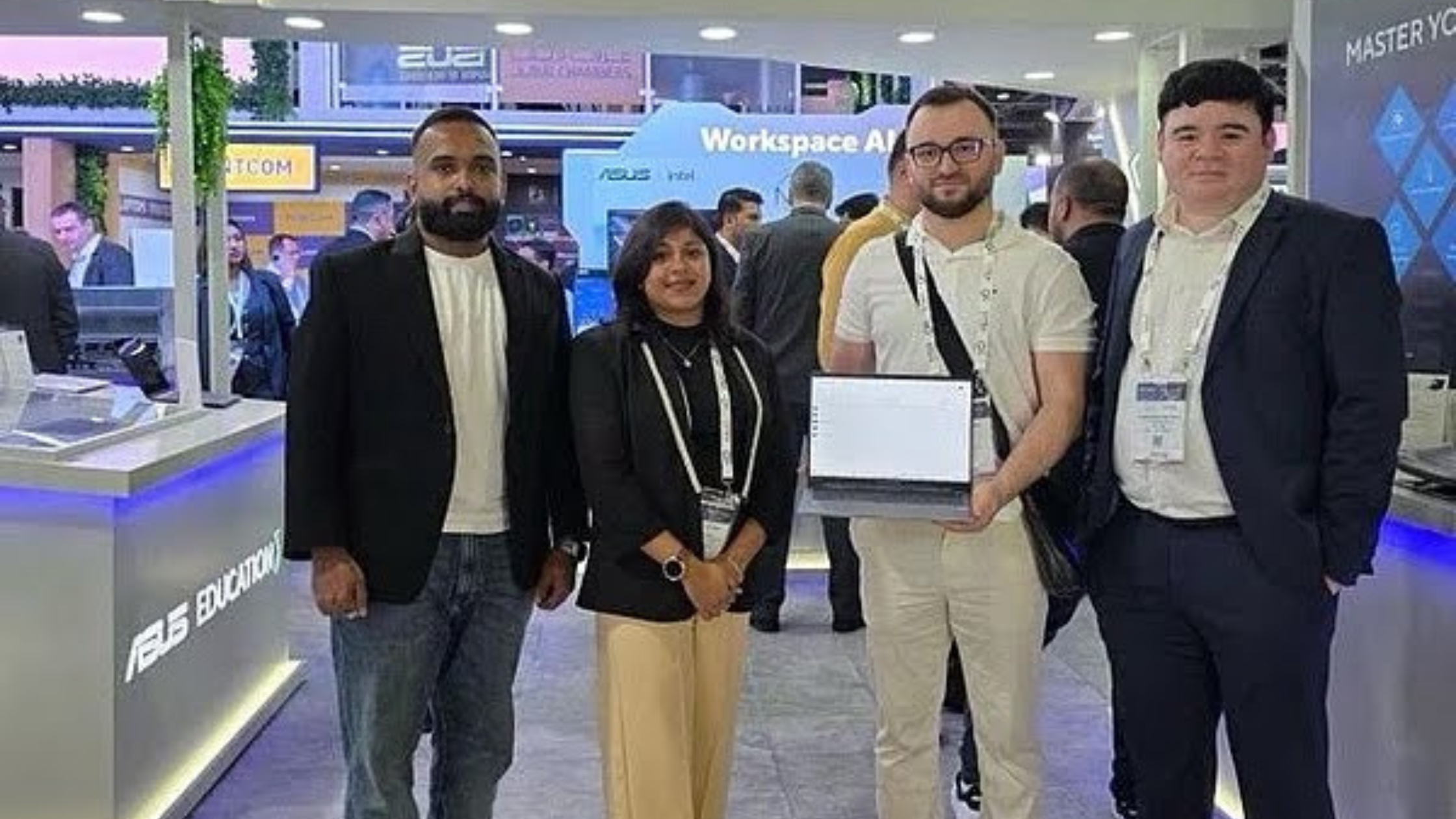
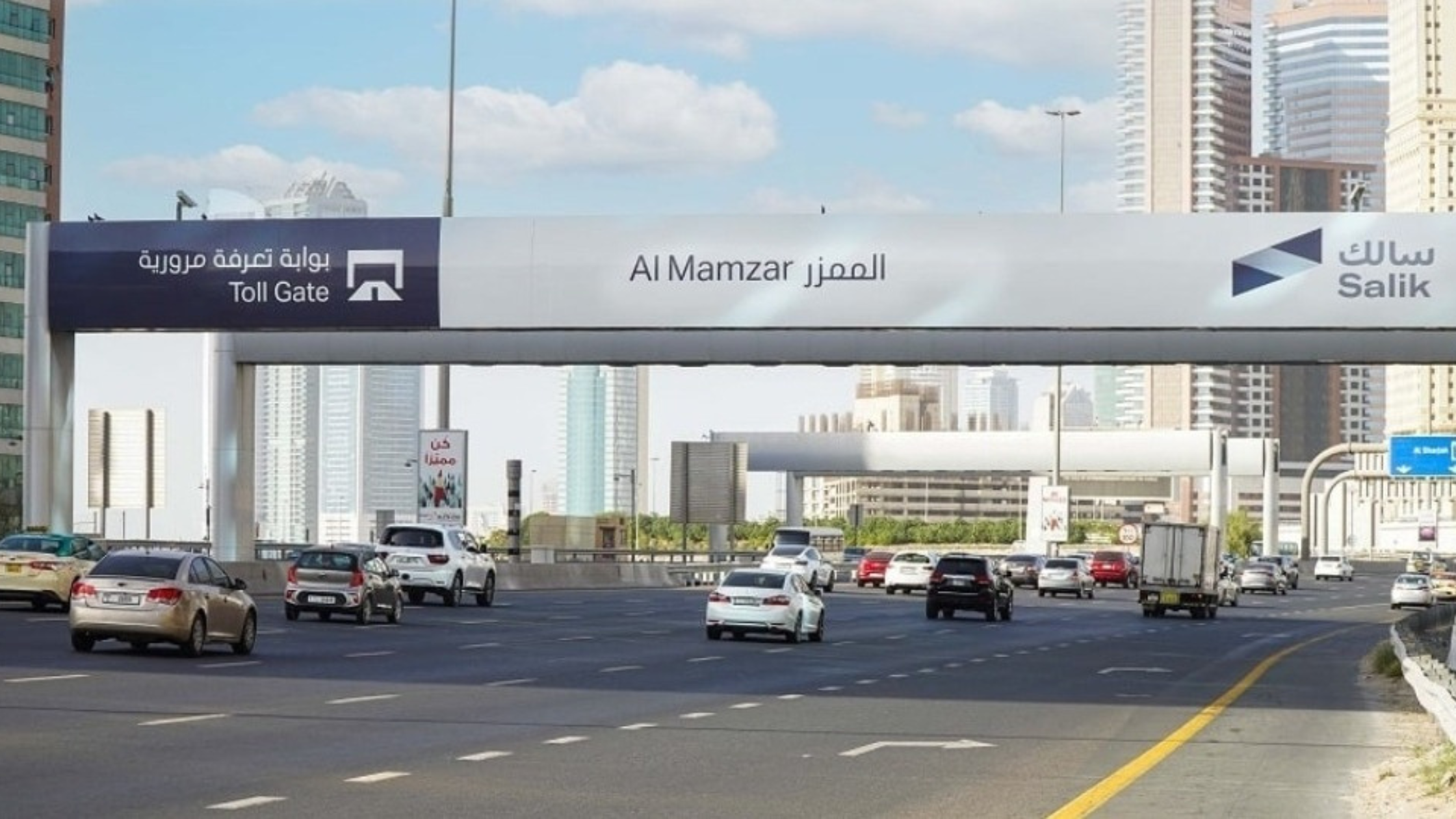

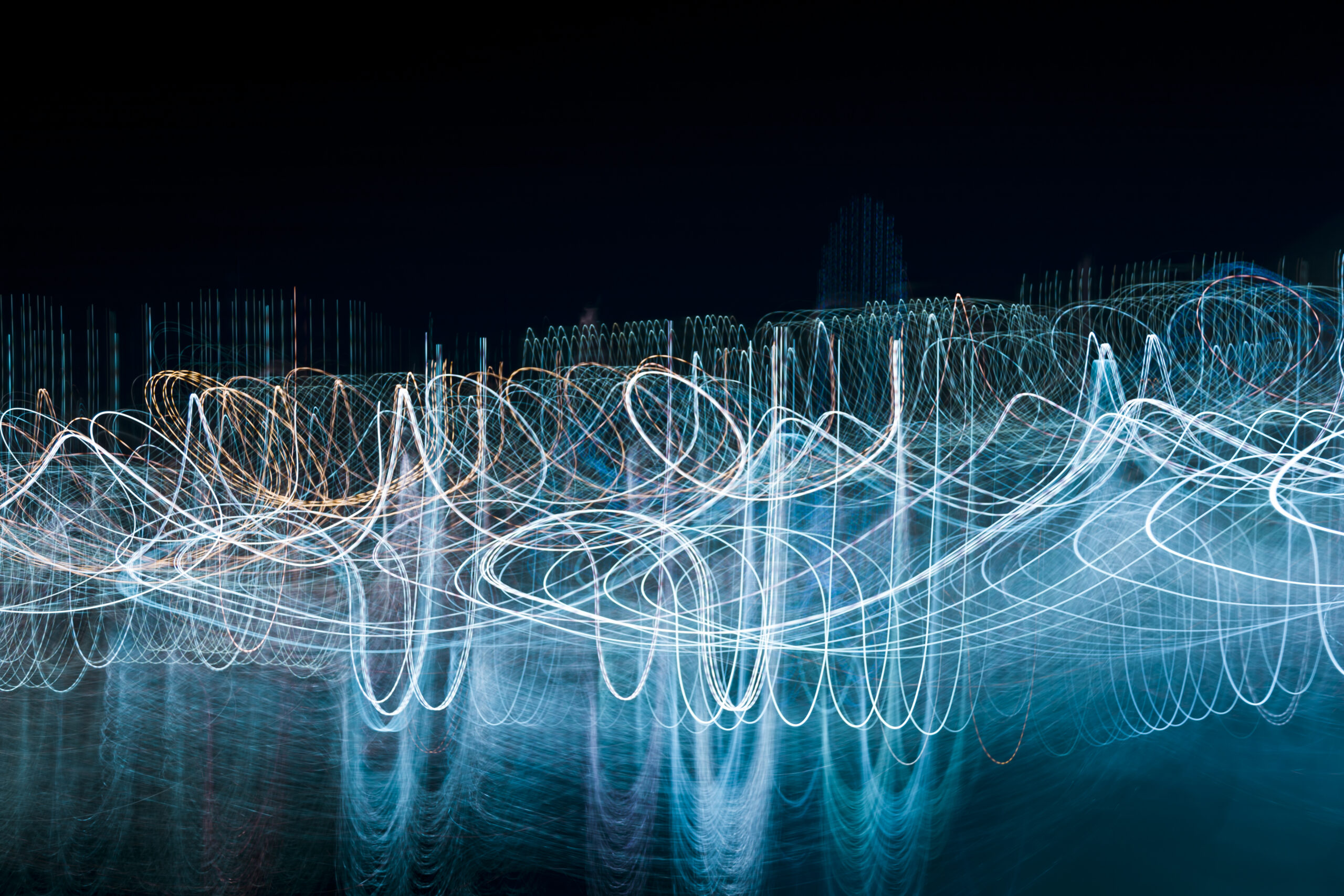
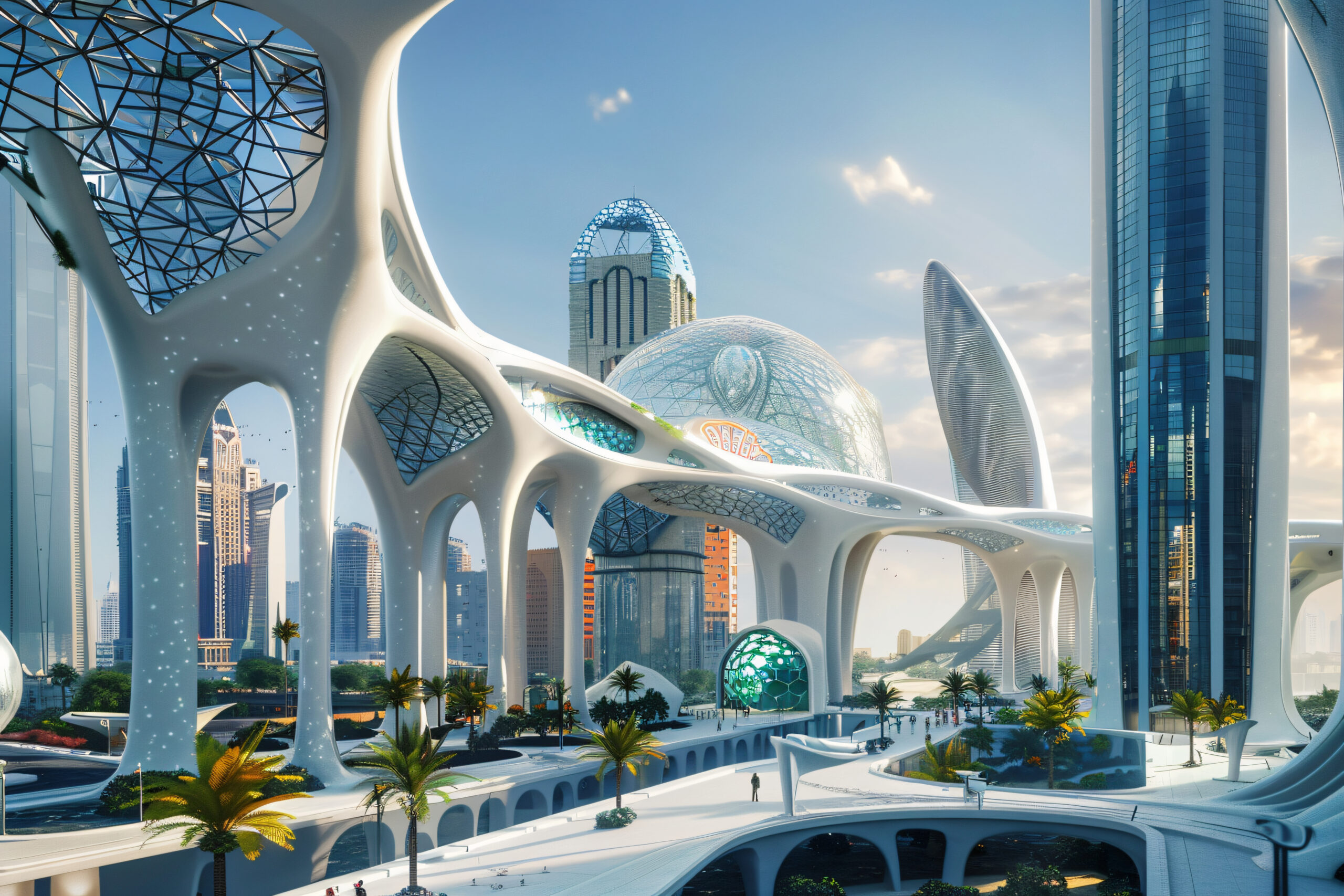
2 Comments
[…] Proactive Risk Reduction: Forward-thinking safety policies have been designed to minimize workplace risks, protecting employees, contractors, and visitors, including People of Determination. […]
[…] The project focuses on making travel easier, safer, and more comfortable. Clearer signs, bright exit markers, floor stickers, and improved cabin labels now guide passengers more effectively. With over 11,000 work hours spent on the updates, the initiative reflects Dubai’s commitment to building a world-class transport system. […]
Comments are closed.